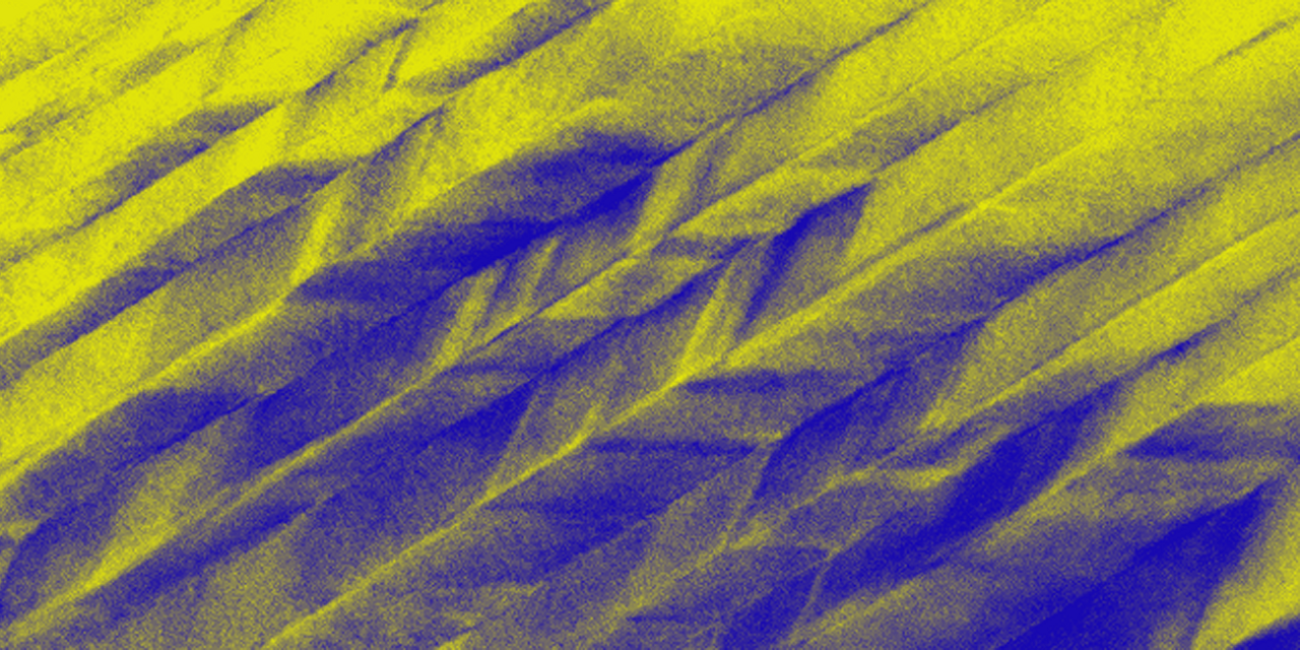Geomaterial Science

Ongoing Projects
Domain Structure in Quenched Lead-free Ferroelectric Ceramics

Project Leaders
- Ann-Katrin Fetzer and Hans-Joachim Kleebe
Description
Replacing lead-containing components in electronic devices due to environmental and health issues has been the driving force for an ongoing research in lead-free ferroelectric ceramic materials. The lead-free system (1-x)(Na0.5Bi0.5)TiO3-xBaTiO3 (NBT-BT) has been established as an alternative for high power and high frequency ultrasonic applications. The relatively low depolarization temperature Td, where piezoelectric properties disappear, can be increased by quenching the ceramics in air from the sintering temperature and thus expanding the temperature range for application. The microstructure of quenched and furnace cooled NBT-BT is characterised by transmission electron microscopy (TEM) with regard to the domain morphology and local structural evolution. The aim is to derive structure-property correlations in order to understand the underlying mechanisms that lead to an increased Td and stabilization of the ferroelectric order in the quenched ceramics.


